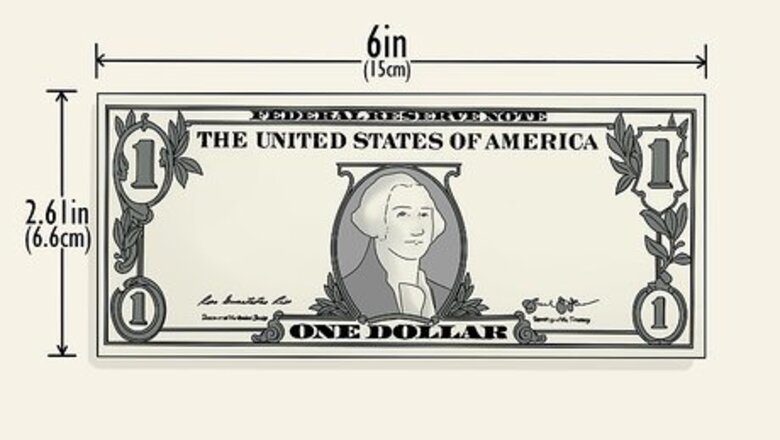
views
Comparing to Everyday Objects

Check your wallet for currency to use as a mini ruler. All US and EU currency is a standard size. Keep in mind that not all euro banknotes have the same dimensions. All US bills are 2.61 inches (6.6 cm), or roughly 6 inches (15 cm). A US quarter is .96 inches (2.4 cm) long, or roughly 1 inch (2.5 cm). A 5 euro bill is 120 millimetres (4.7 in) long, and a 50 euro bill is 140 millimetres (5.5 in) long and about 3 inches (76 mm) wide.
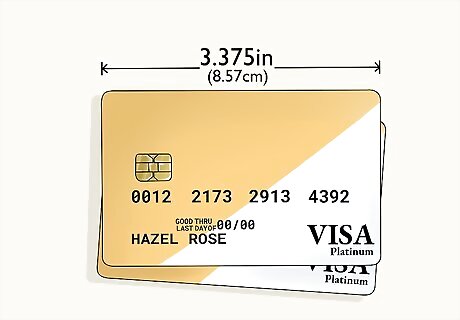
Pull out a credit card or business card to use as a rough guide. You can measure objects by placing the card alongside the object. Then compare the size of the card to the size of the object. A standard credit card is 3.375 inches (8.57 cm) long. A standard business card is 3.5 inches (8.9 cm) long and 2 inches (5.1 cm) wide.
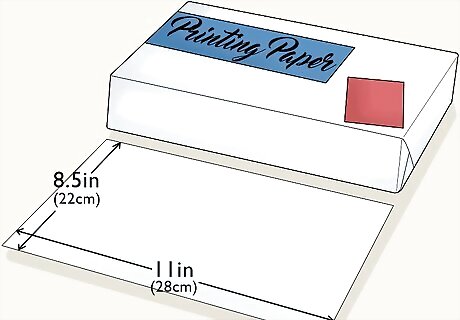
Find a sheet of printer paper. Standard US and Canadian printer paper is 8.5 inches (22 cm) by 11 inches (28 cm). Standard printer paper outside of the US and Canada is 210 millimetres (8.3 in) by 297 millimetres (11.7 in).
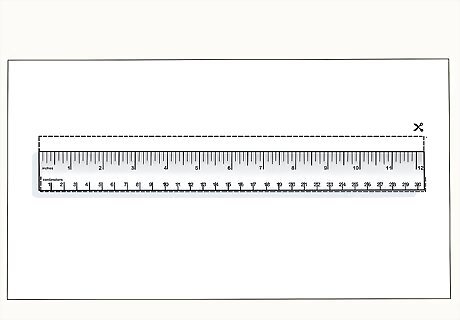
Print out an online ruler. There are many basic templates that can be found online. This is an easy solution, but will only work if you have access to a printer.
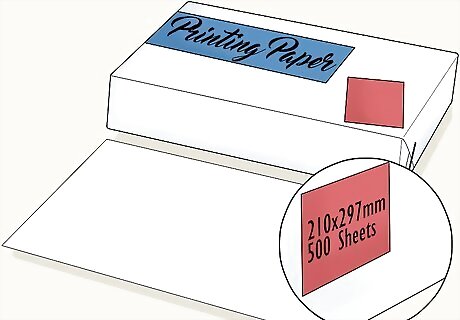
Use the sheet of printing paper as a makeshift measuring tool. If you don't have access to a printer and the piece of printer paper isn't standard sized, the paper can still be useful if you determine its size. The dimensions of printer paper can often be found on the front of its packaging. Then, compare the size of that paper with the object you're measuring.
Measuring with Your Body
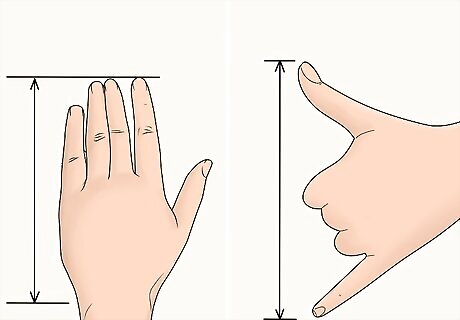
Know your hand length and hand span. Your hands are always handy. Knowing the size of your palm and fingers can make it easy to measure small objects of various sizes. To find your hand length, hold your hand flat like you are raising your hand, then measure from the tip of your third finger to the base of your palm. To find your hand span, stretch your fingers as wide as possible then measure from the tip of your thumb to the tip of your pinkie.
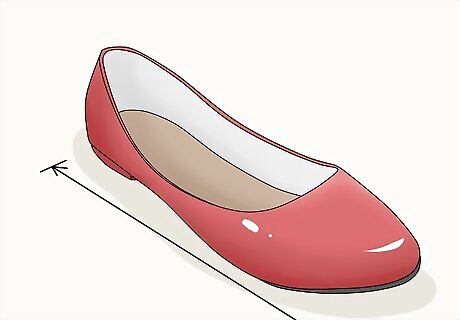
Remember your shoe size. This is more helpful for measuring out longer distances, like the dimensions of a room. By running a search online for shoe size conversion charts, you can easily convert your shoe size to inches and centimeters. Your shoe size can also sometimes be located on the tongue, or the inner topmost part of your shoe.
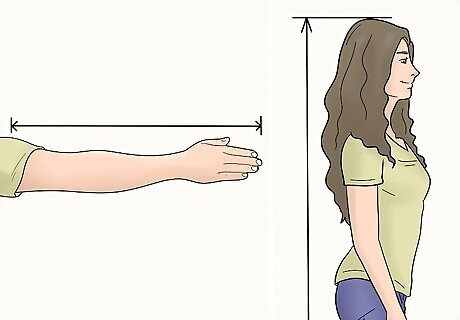
Learn your arm span or height. These two measurements should be roughly the same. Using those measurements, you can measure things vertically by standing straight, or horizontally by simply stretching your arms out.

















Comments
0 comment